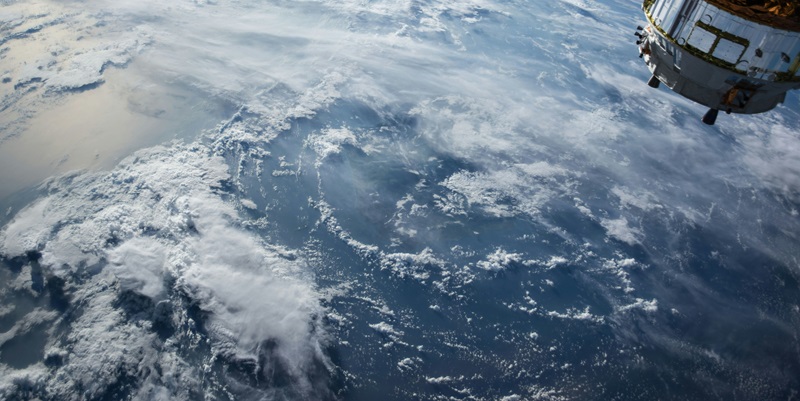Accurate weather prediction plays a crucial role in our daily lives, from planning outdoor activities to informing disaster response strategies. Tomorrow.io, a groundbreaking weather technology company, has recently released the results from its first two radar satellites, harnessing the power of machine learning. These satellites have proven to be competitive with larger, more traditional forecasting technologies both on Earth and in orbit. In this article, we delve into Tomorrow.io’s high-tech approach, the complexities of weather prediction, the vision for a new space-based radar infrastructure, and the potential global impact of their satellite network.
The Effectiveness of Tomorrow.io’s High-Tech Approach
By embracing machine learning in weather forecasting, Tomorrow.io has ushered in a new era of accuracy and efficiency. The results of their high-tech approach, which are being unveiled today, demonstrate its efficacy in weather prediction. Through this cutting-edge technique, Tomorrow.io’s approach has emerged as a formidable competitor to conventional forecasting methods.
Complexity of Weather Prediction and the Role of Hardware and Software
Weather prediction is a complex process, encompassing numerous variables and factors. One significant challenge lies in striking a balance between high-powered yet legacy hardware and modern software. This interplay between outdated equipment and advanced algorithms necessitates a fresh perspective and innovative solutions.
Tomorrow.io’s Vision for a New Space-Based Radar Infrastructure
Recognizing the limitations of the existing radar infrastructure, Tomorrow.io aims to create a novel space-based radar network with a modern twist. By leveraging advancements in satellite technology and machine learning, they seek to enhance the precision and coverage of weather forecasting on a global scale. This revolutionary vision could revolutionize how we anticipate and respond to weather events.
Comparison of Tomorrow.io’s Satellites with NASA’s GPM and Ground-Based Systems
Through a series of experiments, Tomorrow.io asserts that with just one radar band and a fraction of the mass, their satellites can produce results on par with NASA’s GPM (Global Precipitation Measurement) system and ground-based forecasting systems. This achievement is made possible by Tomorrow.io’s machine learning model, which functions as two instruments within a single platform. Such performance equivalence showcases the immense potential and impact of their innovative approach.
Explanation of the Algorithm and Its Training Process
Tomorrow.io’s machine learning algorithm is trained using dual-frequency-derived precipitation profiles, with Ka-band observations serving as the sole input. By training the model with these profiles, the algorithm gains the capability to accurately predict and analyze weather patterns. This sophisticated process enables Tomorrow.io to achieve remarkable accuracy with their radar satellites.
The promising results achieved by Tomorrow.io’s radar satellites represent a significant breakthrough in weather forecasting. If these findings hold true and can be applied to other weather patterns, Tomorrow.io’s success becomes even more noteworthy. The potential for their advanced technology to revolutionize global weather prediction and enhance our preparedness for weather events is immense.
Limitations of Duplicating Results for Global Coverage
While Tomorrow.io’s achievements are impressive, duplicating them on a global scale presents challenges. Replicating these results seamlessly across different regions and climates necessitates addressing various factors, including hardware implementation, data gathering, and training the machine learning model. Overcoming these limitations is vital for Tomorrow.io to achieve its goal of comprehensive global weather coverage.
Tomorrow.io’s Goal of Establishing a Global Satellite Network
Tomorrow.io aspires to establish a network of satellites capable of providing detailed predictions and analysis worldwide. By deploying multiple satellites, they aim to enhance coverage, accuracy, and timeliness of weather forecasting across the globe. This ambitious objective holds the potential to revolutionize how we monitor and respond to weather conditions on a global scale.
Tomorrow.io’s release of the results from their radar satellites signifies a significant leap forward in weather forecasting. Through their high-tech approach and integration of machine learning, they have demonstrated the competitive edge of their innovative system. As they strive for comprehensive global coverage, Tomorrow.io’s vision for a space-based radar infrastructure holds immense promise for the future of weather prediction. Efforts like these will undoubtedly shape our ability to mitigate the impacts of weather events and ensure the safety and well-being of communities around the world.

